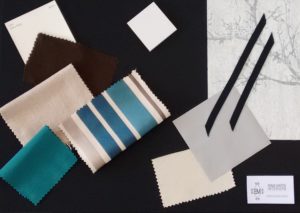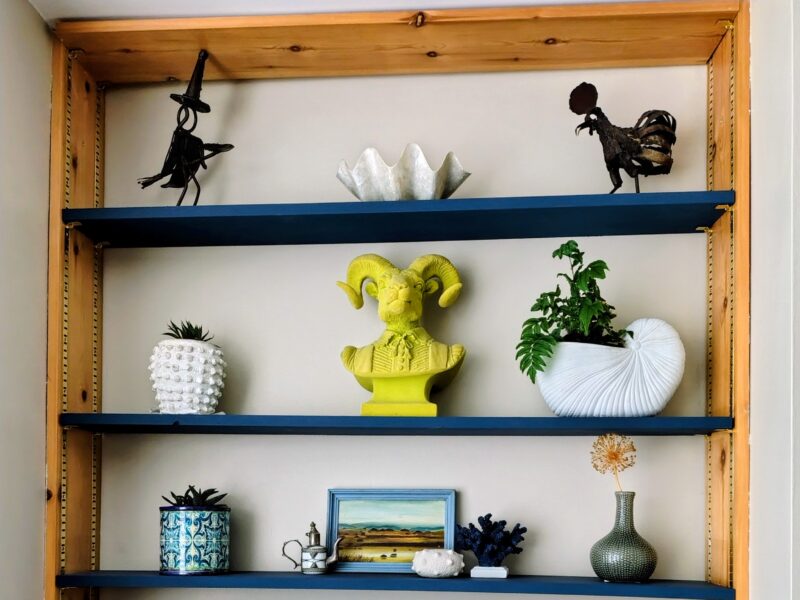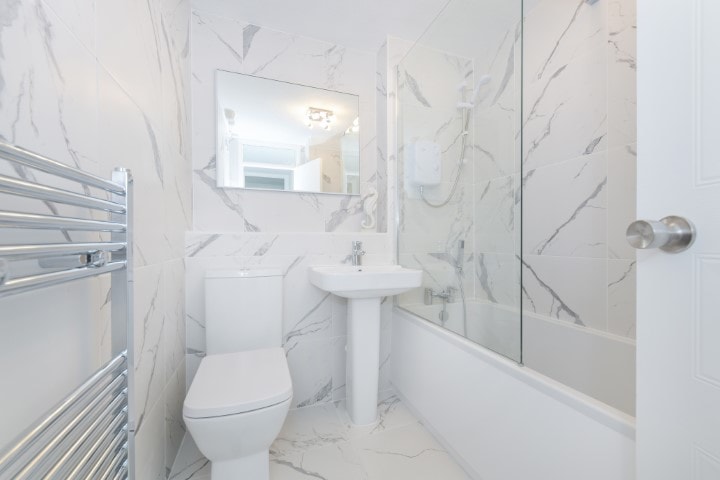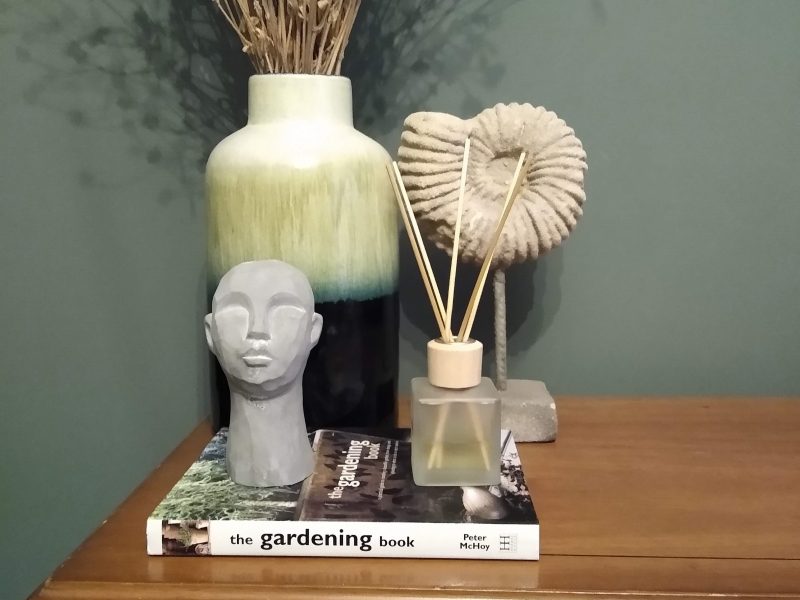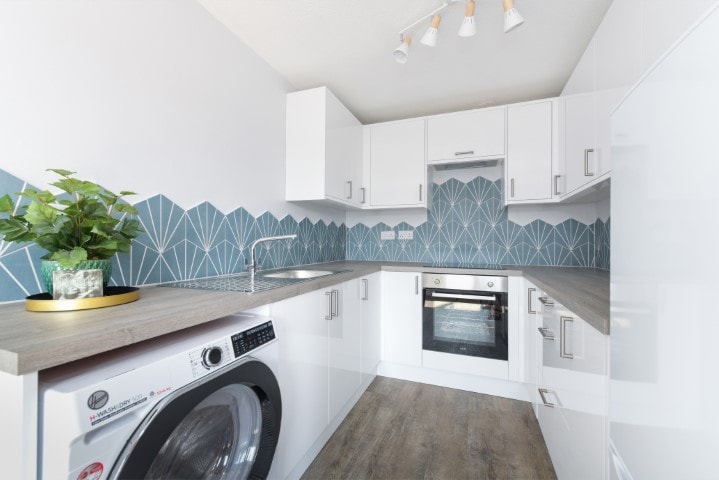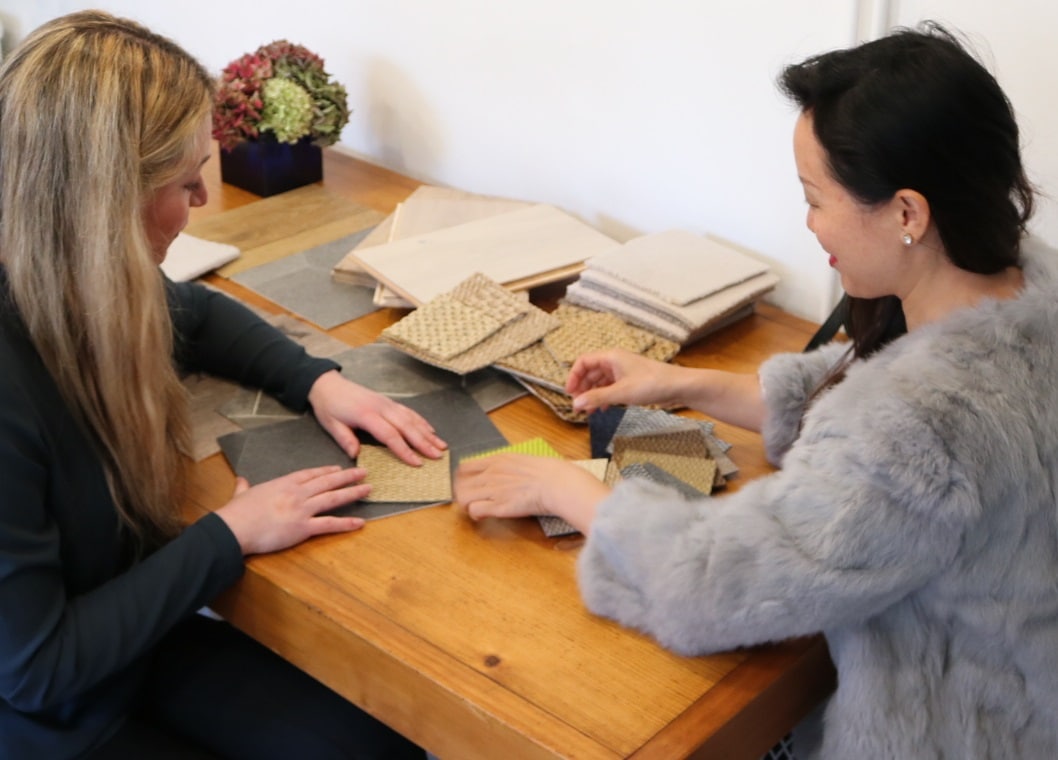
Working with an interior designer in a few easy steps
Working with an interior designer in a few easy steps
This blog post explains how interior designers operate and what you can expect when you engage with one.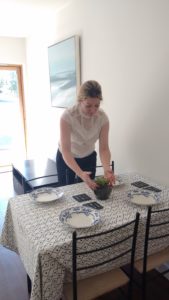 Interior designers create better spaces where people live, work, relax and socialise. According to the BIID interior design is: “the art and science of enhancing the interior of a building to achieve a healthier and more aesthetically pleasing environment for the people using the space. An interior designer is someone who plans, researches, coordinates, and manages such projects”. Interior design is a multifaceted profession that includes:
Interior designers create better spaces where people live, work, relax and socialise. According to the BIID interior design is: “the art and science of enhancing the interior of a building to achieve a healthier and more aesthetically pleasing environment for the people using the space. An interior designer is someone who plans, researches, coordinates, and manages such projects”. Interior design is a multifaceted profession that includes:
- conceptual development
- planning, site inspections
- research
- communication and
- execution of the design.
The steps to understand what happens when a client engages the services of an interior designer are:
1. The client brief
The start to any client and interior designer relationship is through the client brief. This is the first meeting where the interior designer listens, understand the client’s requirements, including likes and dislikes, as well as the budget for the project. In essence, an interior designer needs to help a client express and clarify what they are hoping to achieve with their project. Before approaching an interior designer, the client needs to be clear about:
- what they wish to achieve
- what their budget is and
- any important information on time-frame or other special project requirements.
The answers to these questions form the basis of the brief. The interior designer will help the client to further develop the details of the brief for their project. This means that the clearer and more detailed the brief at the outset; the better will be the finished result. An interior designer will discuss the following with the client:
- what can be delivered by defining the stages
- timelines
- budgets and
- the specific requirements of the project.
The interior designer will discuss the brief with the client and use their creativity and experience to turn ideas and concepts into a realistic workable framework for the project. Therefore, for the project to be a success the client needs to be open to new ideas and solutions.
2. The Project
Interior Design Inspiration Board An interior designer will advise on the budget, co-ordinate the work and monitor progress against the time, cost and quality benchmarks for the project. These are essential for a good outcome. They will use their design skills to maximise the potential of a new or existing property and advise on the most beneficial layout and planning of the existing space.
An interior designer will pull together a design scheme as they have access to an exhaustive list of suppliers. They are basically making the client’s space work by using their detailed knowledge of spatial awareness and design schemes. Interior designers help the client make decisions, as they show the client what things will look like, so the client can see and agree early on, what it is they will get at the end! That is what mood boards can do – help the client see something coming together on paper before they start purchasing furniture and other items. This can be an invaluable service alone, helping a client clarify the main look and feel of a space. In order to communicate the client’s vision an interior designer can offer mood boards, material boards and room layouts. An interior designer will make a number of site visits to take photographs and detailed measurements of any key areas and features. It is crucial for the interior designer to have as much detail as possible along with the brief to start the design phase.
3. Client relationship
It is also the interior designer’s job to help the client understand what their vision looks like and present or communicate that idea to the client in a way that they understand in order to approve the design. This is the most important part of any project.
The interior designer can help avoid potentially costly mistakes by helping communicate design specific decisions that the client has already made. Interior designers also have a responsibility to ensure the client clearly understands what it is they are going to end up with. Interior designers design the scheme, choose which elements are critical to the project idea to make it a success, they choose items that work around the timeline, deadlines, budget and specification and ensure important rules and regulations are adhered to whilst creating the vision. Successful projects are the result of effective collaboration between you and your designer, so the working relationship you establish with them is important – you want to enjoy the journey as well the destination.
4. Wrapping up
At final stages of the project the interior designer will make a final site visit. During this visit the interior designer will dress the space in accordance with the specifications of the client brief. In essence, interior designers exist to create spaces that are tailored to the specific requirements of each client. This also includes taking into account location, context, brief and personal taste of the client.
If you have a project you would like to discuss with us you can contact us using our contact form.

